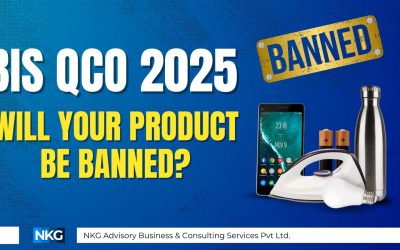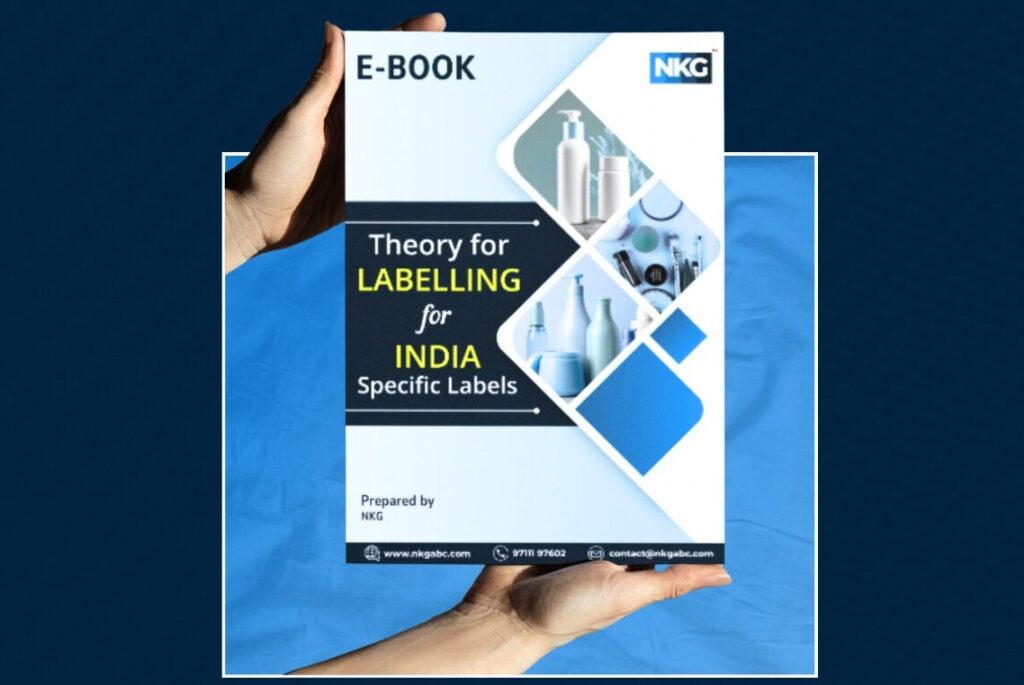Introduction:
In the dynamic realm of cosmetics, change is constant. As consumer preferences evolve and new innovations emerge, manufacturers must adapt their products accordingly. However, making alterations to an already approved and marketed cosmetic product is no simple feat. Enter the realm of Post Approval Changes (PAC), a regulatory process that allows manufacturers to modify their offerings while maintaining strict compliance with safety and quality standards.
Understanding Post Approval Changes (PAC):
What Are PAC ?
- Post Approval Changes (PAC) are specific changes or alterations that a manufacturer makes to an already marketed or approved product mentioned in the Registration Certificate. These modifications can range from changes in manufacturing sites to revisions in product composition, labeling, or specifications.
Who Can Apply for PAC for Cosmetics?
- Authorized Indian agents or importers can apply for Post Approval Changes on behalf of foreign manufacturers. This streamlines the process and ensures a seamless transition for products sold in the Indian market.
Types of PAC for Cosmetics
The eligibility criteria for Post Approval Changes Services encompass a wide range of modifications:
- Change in the manufacturing site
- Change in the legal manufacturer name and address
- Change in product composition, labeling, and specifications
- Correction of typographical errors in form COS-2
Prerequisites and Documentation
To initiate the PAC process, manufacturers must provide several essential documents:
- Updated GST certificate and IEC Certificate
- Updated GMP certificate/Manufacturing license
- Updated product documents (formula, specification sheet, and artwork)
These documents serve as crucial evidence of compliance and ensure that the proposed changes align with regulatory standards.
Navigating the PAC Process
While the PAC process is designed to facilitate necessary changes, it is not without its challenges. Manufacturers must exercise utmost care and attention to detail to ensure a smooth and successful application.
Key Considerations:
- Accurate information about the required post-approval changes
- Compliance with labeling requirements outlined in the New Cosmetics Rules 2020
- Proper signing and stamping of specification sheets and product formulas
- Apostilled authorizations from the manufacturer in their country of origin (for foreign manufacturers)
Common Pitfalls:
- Incomplete or inaccurate documentation
- Non-compliance with labeling regulations
- Lack of proper authorizations or apostilles
Overcoming these pitfalls requires meticulous preparation, attention to detail, and, when needed, seeking expert guidance to navigate the complexities of the PAC process.
Ensuring Regulatory Compliance and Consumer Trust
In the ever-evolving Indian cosmetics market, Post Approval Changes play a pivotal role in enabling manufacturers to adapt to consumer demands while upholding the highest standards of quality and safety. By adhering to the prescribed regulations and collaborating closely with regulatory authorities, manufacturers can successfully navigate the complexities of post-approval changes for cosmetics, fostering innovation while prioritizing consumer trust and satisfaction.
Conclusion:
The cosmetics industry in India is thriving, driven by a diverse and discerning consumer base. As manufacturers strive to meet these evolving demands, Post Approval Changes (PAC) emerge as a crucial mechanism for introducing necessary modifications to existing products. By understanding the intricacies of the PAC process and adhering to the prescribed regulations, manufacturers can successfully navigate this complex landscape, ensuring that their products remain compliant, safe, and desirable in the dynamic Indian market.







